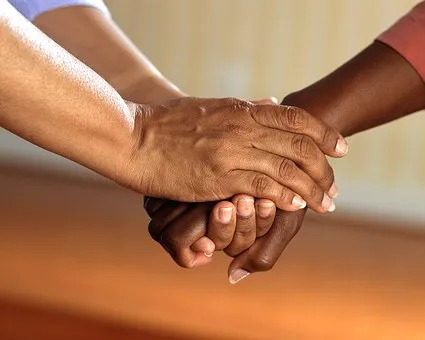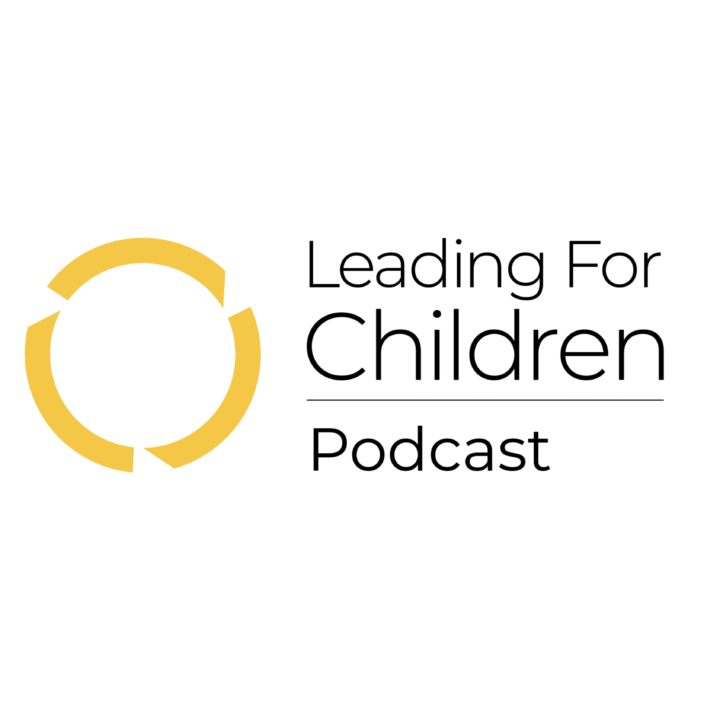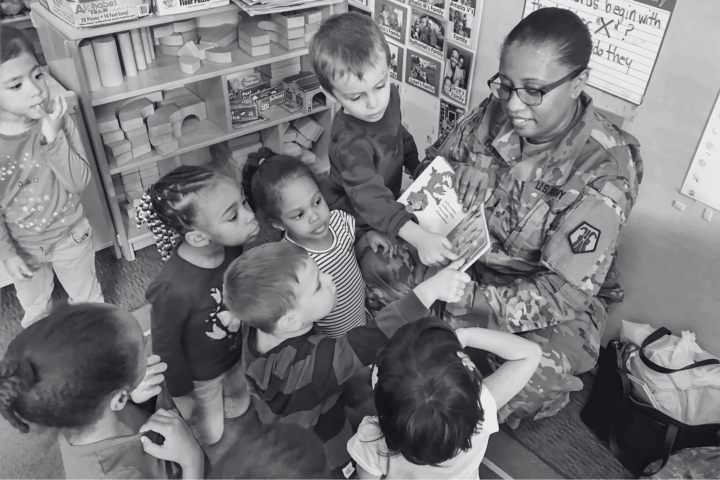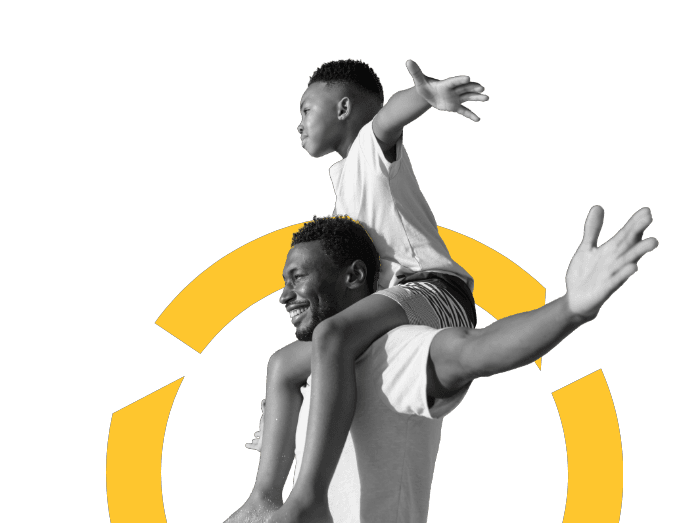By Judy Jablon and Nichole Parks
What does it mean to put humanity first? We, Nichole and Judy, are striving to practice this day by day. In our most recent podcast episode, Nichole describes her daughter, Gracie’s, experience at school.
To help students understand how they each contribute to the classroom climate, Gracie’s teacher asked them to sign kindness agreements. Gracie wrote a note to her teacher saying she didn’t want to sign. When asked why, Gracie explained, “Not everyone is kind, and not everyone is kind to me. If it’s an agreement, then we all have to be kind.”
Gracie’s teacher called me to explain the situation. As we talked, she shared her perspective, which included feeling disrespected. I had complex thoughts and wanted to respect the humanity and dignity of both my daughter and her teacher. First, I was very proud of Gracie for expressing her true feelings. I wanted to help the teacher understand Gracie’s perspective and at the same time invite the teacher to listen and learn more about Gracie’s thinking. And it felt very important that I convey to Gracie that I supported her in exercising her sense of agency and engage her in considering her role and responsibility in the classroom’s community. I invited the teacher to ask Gracie what would make her feel more comfortable with signing the agreement. When Gracie came home the next day, I asked if she had signed. She told me that she and the teacher had an individual conversation and there was a class discussion about kindness being a shared responsibility and ways in which they could show kindness to each other. After the conversation, Gracie felt comfortable signing the agreement.
In this story, we see the essence of what it means to put humanity first. Gracie has learned to put humanity first with her commitment to showing and receiving genuine respect. Nichole took the time to listen to Gracie’s perspective, quieting judgment so she could partner with the teacher to find a solution that is respectful to everyone. Gracie’s teacher demonstrated humanity, by letting go of her perspective of being disrespected, listening to Gracie’s concerns, and taking action to spark a dialogue in the classroom. This set the stage for each child to experience a kinder, more respectful environment.
At Leading for Children, we are guided by the principle of respect for all. Our Humanity First model supports communities in creating spaces that prioritize the dignity of each person. We put people first. We respect and embrace others for who they are. We respect ourselves and own our decisions. And in doing so, we model these essential qualities of humanity for children.
Stronger adults make stronger children, and being stronger is about being intentional. Living humanity involves setting and committing to intentions for how to show up in the world. It involves waking up each day and choosing to see each person as a human, recognizing that every person is worthy of dignity, speaking to those who others may pass by, and treating everybody the same no matter their role, the color of their skin, or their gender. It also involves self-awareness — recognizing when we fall short of this intention and challenging ourselves to recommit to respect for others.
As we are intentional in each of our interactions, we also help build communities around the principle of humanity. We see adults for who they are and appreciate their wisdom and knowledge. We create spaces where all voices are valued, using questions that spark more equitable decision making. Leigh Sargent, Executive Director of the Tallahatchie Early Learning Alliance in Mississippi, joined us as a guest on this same podcast. She describes using the Humanity First model to welcome other voices and build community. Instead of top-down decision making, she strives for collaborative communication. She relies on asking questions that invite the community to make the change and drive the impact.
The same applies to children. When children are part of decision-making processes, that tells them they matter too. As adults, we create the space for children to be comfortable to share, as Nichole did with Gracie. It makes for happier and healthier children when we respect who they are. We’re not relinquishing responsibility; rather, we’re supporting children in cultivating their own agency, their own sense of power.
Children are curious observers, and whether we are aware of it or not, they see us as we model kindness, empathy, and compassion for one another. They’re watching how we listen to each other and how we show up as our best selves. They learn skills from observing. And yet, look around. We’re rushing all over the place; we’re multitasking; we’re leading hectic lives; and we continue to slide further away from each other. Our behaviors are not always the best models for children. They witness us failing to listen and talk with each other, failing to treat each other respectfully and with dignity.
In making a better world for children, we’re also making a better world for ourselves. Building strong communities doesn’t take a lot of money. It does require us to commit to paying attention, being intentional, and breaking down traditional power structures. We have to harness our courage and own that we are models for children, finding new ways of collaborating, listening to each other and to children, and respecting each person’s humanity. Living the principles of Humanity First is a choice — choosing how we show up and creating spaces where others can show up as their best selves. It’s the heart of everything we do each day. And it’s not for some of us, but for all of us.
For more on the Humanity First model, we invite you to listen to our podcast and share with your community.




